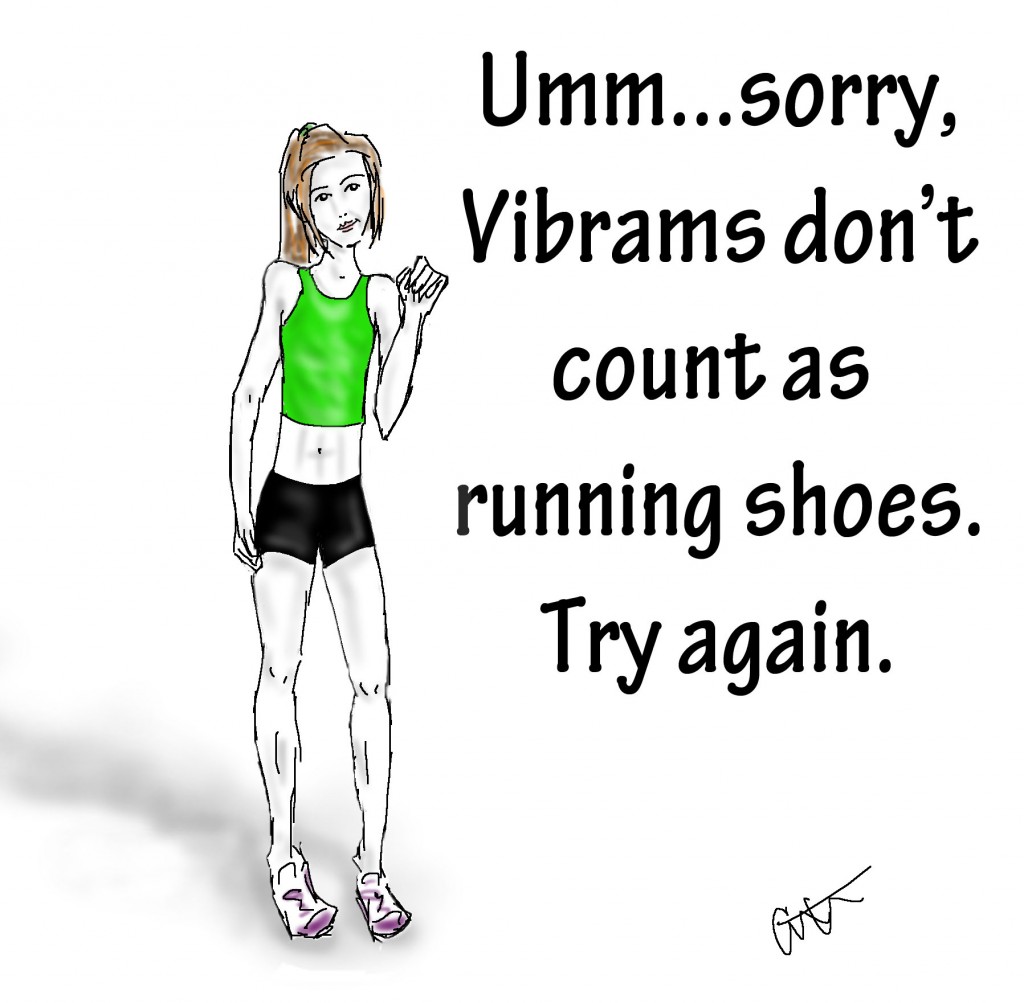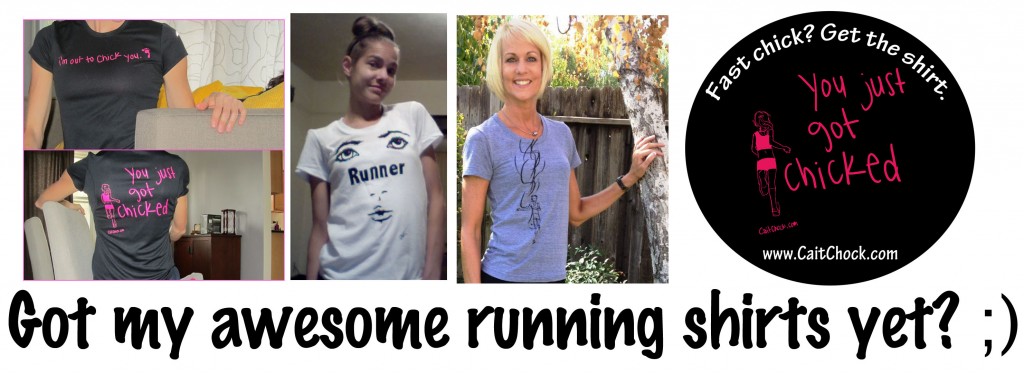When minimalist running turned from a concept into some kind of near-cult ideology, I’ll admit to shaking my head. More correctly I was soured that with the launch of the Vibrams and ‘Born to Run’ book release the masses became obsessed with immediately running barefoot. Everyone wanted to jump headlong into this running trend with no other reason than they thought it was the cool thing to do. I mean “Waaaaaaz up” was the coolest thing to do for a time too, no?

Misinformed runners were getting hurt, and THAT was really what I was stuck on or against. Well, and in all honesty I think the Vibram toe-thing is silly. I’m not anti-minimalist, in fact I began implementing Nike Free running in 2004 in order to increase foot strength and mobility. The key word there is IMPLEMENTING.
Scott Douglas, multi-running book author and editor for Runner’s World, just released “The Runner’s World Complete Guide to Minimalism and Barefoot Running” for which I was given a copy to read and review. I was nervous at first only because of that buzz word minimalism but I also have read enough from Douglas to have faith that rather than just glorify barefoot running the book would be true to name and act as a manual. There IS sound reasoning and logic behind minimalist running, it then becomes a matter of ensuring enough runners learn and understand just HOW to go about running in ‘less’ without just getting themselves hurt.
I was relieved because right off the bat because Douglas tackles the logistics and starts not at the aspect most minimalists and runners begin, the foot, but instead explains that the running body is a package. A runner’s body is an interconnected machine, you can’t take a single injury or problem at face value, but rather trace it back to the underlying cause of it. A problem with your foot can be stemming from your hips, you have to fix the underlying cause before the foot gets any better.
Douglas starts by taking running and your BODY as a whole, explaining the interconnectedness of it all and then delves into minimalist theory. I believe with most things it’s a matter of understanding the ‘whys’ before you can get to the ‘hows’. It’s also refreshing that, while the author states from the beginning he’s always loved running in less shoe, he shares both sides of the story, and in quite an engaging tone. The book’s informative, but it’s not a text-book read.
Some of the actual running shoe stats and numbers may not have been absorbed as fully by me as others, as I’m not a total running shoe ‘addict/geek’, but I still got the gist. What I was more interested in was that the book tackles more than shoes and feet: the importance of running form, the importance of GRADUALLY transitioning and that injuries aren’t caused or cured merely by a shoe-swap and there is still the need for strengthening and mobility work (the book includes exercises). These are all, in fact, fundamentals of running people should read outside of shoes and minimalism.
The book was written with the input and thoughts from an array of different running coaches, shoe experts, and exercise physiologists. Among them, and someone I’ve often sought keen insights from for my own articles, was Steve Magness. I appreciated his parts not just because of the knowledge and science there, but explaining why elite distance runners aren’t all striving to run barefoot all the time, but that they still get minimalist style miles in the form of racing flats and spikes. Finally, the drills are things all runners should do and the suggestions for cooling-down or doing striders barefoot get back to that gradual implementation.
Bottom line, both from the book and in line with my own reasoning: Shoes and whatever people end up running in shouldn’t be dictated by a running trend or fad, but rather what keeps them running healthfully and ideally as fast as possible. Everyone wants to be faster, right? 😉
———
Scott Douglas’ “The Runner’s World Complete Guide to Minimalism and Barefoot Running” can be purchased in stores or online.
———
1) What are your thoughts on minimalism and/or barefoot running? What kind of shoes do you prefer to run in?
2) Have you wound up with an injury tied to making the jump to minimalism too quickly? If so, have you learned and then gone forward with a way to include minimalist style running without an injury?
3) Douglas also asks a very poignant questions in his book along the lines of: If you are a minimalist, where does your journey to ‘less shoes’ end? It doesn’t necessarily become when you’re running barefoot all the time.



No plans for becoming a minimalist here!
I love my Mizunos!!!
haha….ride those waves! 😉
Oh, man. I am *so* tired of this topic. Don’t get me wrong – this is a good thing to be talking about, and I am actually interested in getting a copy of the book – but as a running coach, *everyone* wants to talk to me about minimalist. I summarize my thoughts this way:
1. The theory is that our bodies are built to run, and to run barefoot. [Historically, I am 100% on board with this.]
2. In modern society, we do NOT live lives that prepare us to live and run barefoot. We also don’t live in a barefoot-running-friendly world (at least, most of us don’t) – our ancestors weren’t running on pavement and sidewalks.
3. If you want to try it, go for it. But transition slowly. Buy a more minimalist pair of shoes. Walk around in them. Live in them. Go to the zoo in them. Do some calf/ankle/foot strengthening exercise. In a few months, if you want to try running in them, go for your regular run in your regular sneakers. Then, try your minimalist shoes for a few hundred meters. Yes, METERS. Build from there.Slowly. If things tweak, get the heck back into your old shoes. Done deal.
Anyway, that’s my overall philosophy. I think they can work for some people, especially when those people are properly strong. I really don’t think they (usually) belong on the feet of a new runner.
Personally? I’ve owned Vibrams Fivefingers for a few years now. I don’t run in them – never intend to, actually. But I like using them to keep myfeet and legs strong. I also like them for some kinds of outdoor activities – hiking, and any kind of water activity (for obvious reasons). But they don’t run with me. Nuh-uh.
I wear a mild stability shoe, normally. I recently bought a pair of Pure Flows to play with, mostly just to broaden my experience and try something new. [They definitely DIDN’T cause the PF – hadn’t worn them when PF started; but I have worn them a little during my recovery – they actually do feel really good and encourage a more mid-foot strike.]
Ok..uhh…that’s more than enough ranting from me for now. My question is…What do YOUR feet sport? 😉
hahahaha….rant on, sister! 😉
i run in the nike lunarglide. u won’t ever catch me in a vibram out of spite…BUT i would bust out the Free’s if i were to go more minimal. 🙂
I always run in Nike shoes. I tried the Nike Free version once and didn’t like them. Not enough support. That tells me that minimalist or barefoot is not for me!!!
that’s another important factor, is that not everyone should run in nothing…hence my nike affection too 😉
I run in Vibrams and nope, never had an injury from changing to it. In fact, the VFF made me more aware of my running form, gait etc an really, that’s the most important thing. Not the shoes that you’re wearing. Also I took my time to transition from “regular” New Balance to VFF – it probably took me close to a year before I hit 20km in VFF.
and FORM is a very great aspect Douglas addresses in the book, because just as u noted this is important regardless of shoe choice…great tip!
never heard of this book, but it sounds interesting. i’m bookmarking it so that when i’m done with my current read, which is awesome btw…chrissie wellington’s memoir, i can maybe tackle it. while i’m not one to follow trends, or even have any desire myself to run barefoot, i think it’s an interesting topic that many people don’t really educate themselves enough on before they tackle. seems like a lot of people want to start at step 10 instead of 1 with the minimal fad and don’t understand that its a painfully slow process that may take them years to become adjusted to.
EXACTLY!! people just jump on a trend right to step 10…sums up my thoughts on it spot-on! 🙂
Oh man, I read “Born to Run” last summer and I have to admit that at first I thought yeah, I’m going to get minimalist shoes and start running for hours each day! In reality I know that I have a tendency to injure my feet so I held off on that initial impulse. I will occasionally do strides barefoot on a soccer field or something, but love my running shoes (Brooks Ravenna or Mizuno Inspire).
i’m glad u were inspired by the book but thought twice and thought about wat is best for YOUR body. 🙂
I’ve been very hesitant about the barefoot running craze too. A little information is a dangerous thing. But, if this book hives a full accounting then I’ll check it out. Thanks!
no, i was hesitant about this fad thing, but i really felt the book did a great job of explaining things fully and unbiased.
Started running in VFF’s about 4 1/2 years ago. Did too much too fast, stress fracture. When I returned I ran exclusively barefoot (NO shoes) and planned out a year-long transition. Have never looked back. I never wear shoes for outside runs. I wear VFFs at the gym (until I convince them to let me use the treadmill BF). The chronic knee and hamstring problems I had in every model of shoe I tried have disappeared. Ran a 1/2 marathon BF last two years and was ready to run NYC Marathon BF last year until it got canceled.
It may not be for everyone but if you transition VERY slowly, letting the bones adapt, chances are you’ll love it.
awesome to hear your perspective and thanks for sharing! u’ve got a great point on transitioning and awesome to hear u’re not rocking and running without those old problems! 🙂
Liked Born to Run, but simplistic in its assessment of both runners and feet. I wish I could be a minimalist…how nice to only contemplate shoes vs. minimalist shoes. As a runner with a surgery and no choice about foot wear and/or time on the trails, I am grateful for any run in ANY shoe. I have loved running for over two decades for many reasons, but lack of “gear” was a main draw. The minimalist revolution adds more gear instead of less…which shoe for which trail? Come on. Run. Run. Run.
hahahaha….okay, i love ur closing bits there!